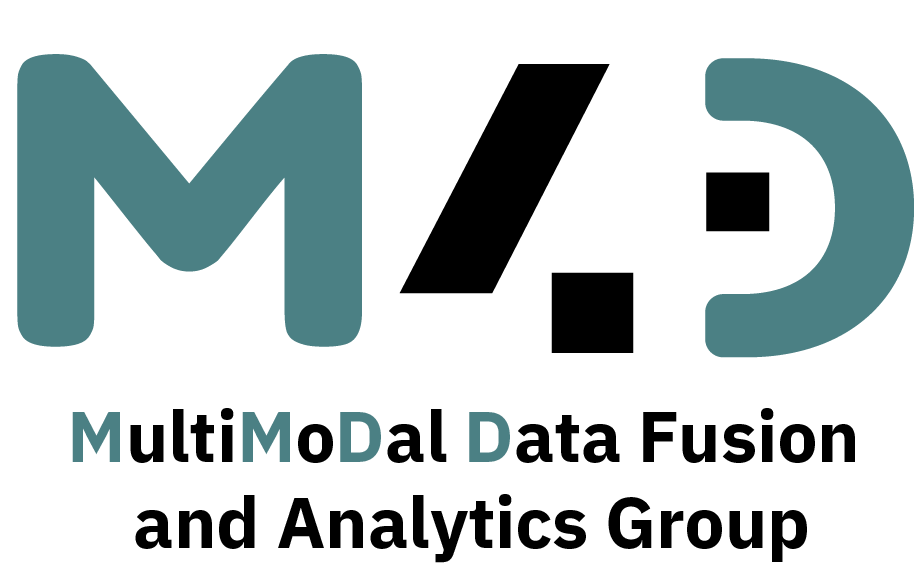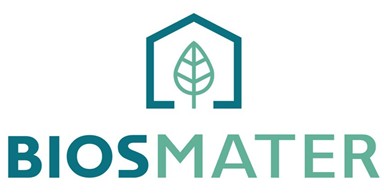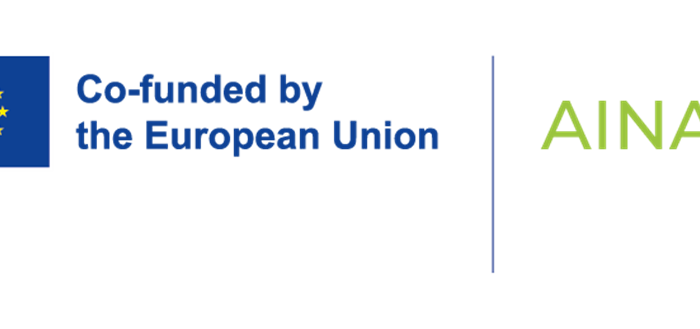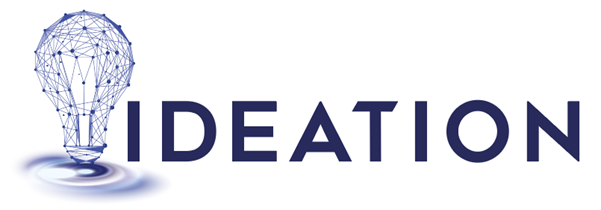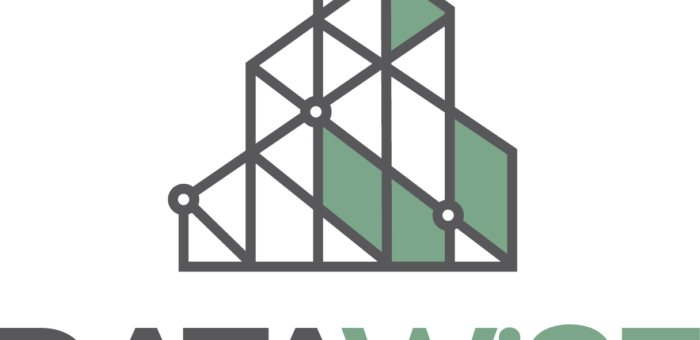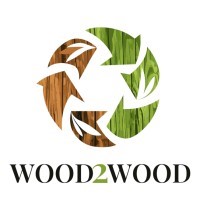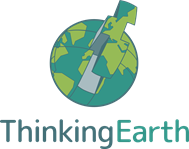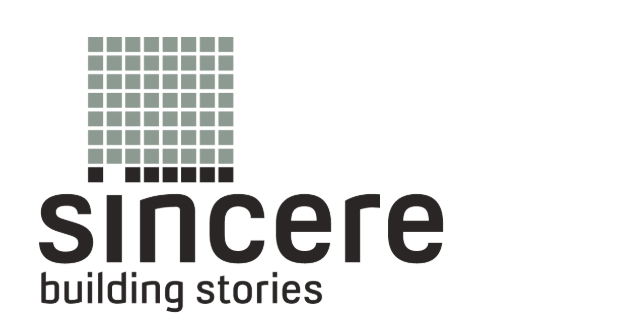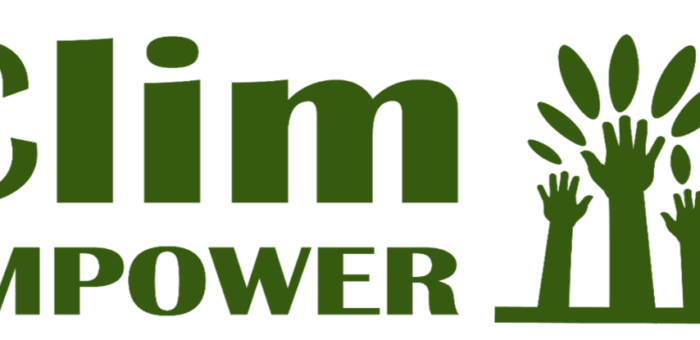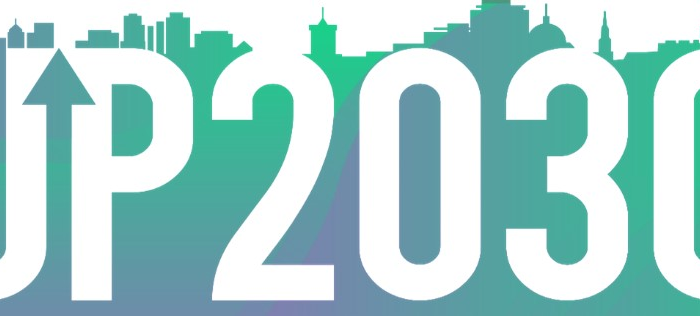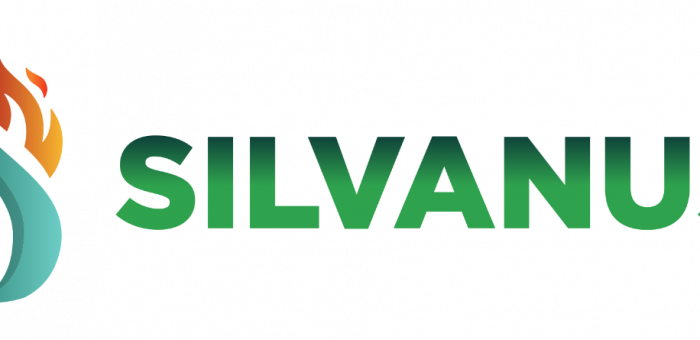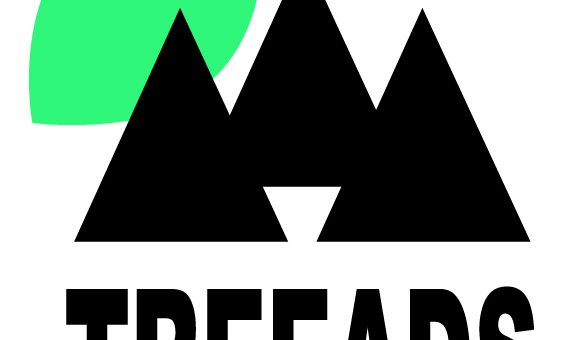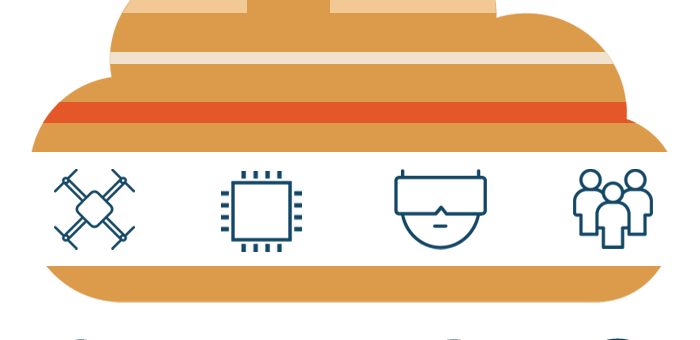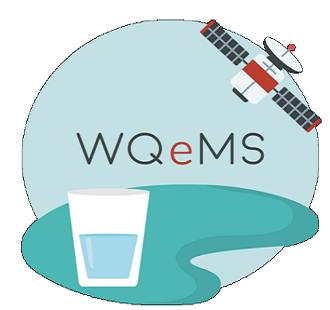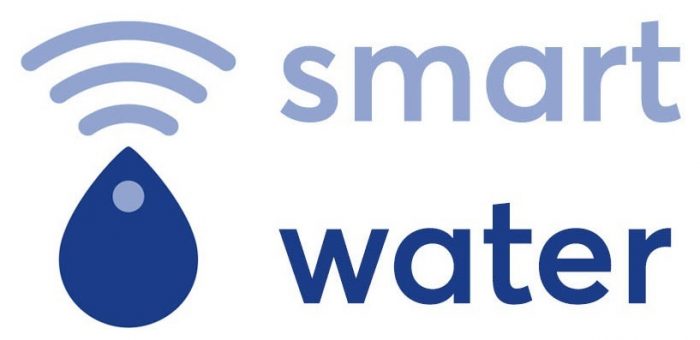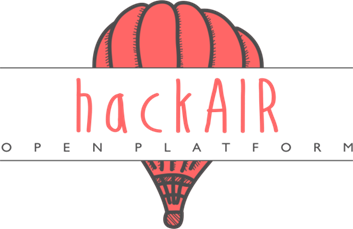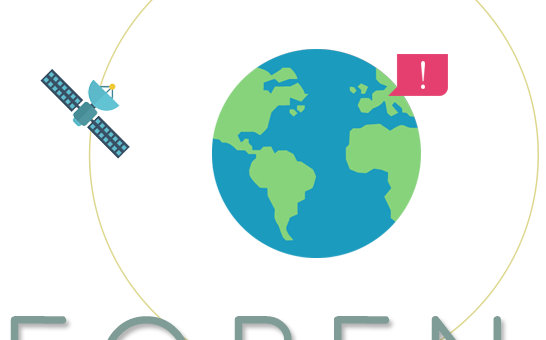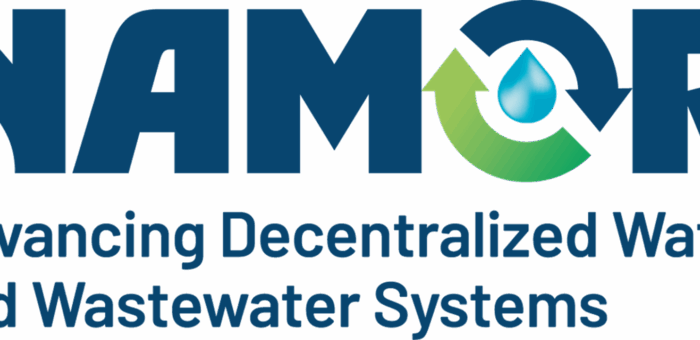
NAMOR
NAMOR A Novel compact and Advanced hybrid Microalgae-membrane photobioreactor Optimized for Retrofitting decentralized water and wastewater management systems The NAMOR project is pioneering a next-generation, decentralized water treatment solution that integrates co-cultivation of microalgae and bacteria with advanced membrane filtration in a modular, plug-and-play system. Designed to support a sustainable and resilient urban water cycle, NAMOR enables localized treatment of diverse water and wastewater streams with minimal energy use and environmental impact. Demonstrated across three climate zones (high, medium, and low temperatures) and under varying lighting conditions, the hybrid system ensures robust, high-quality effluent production tailored to specific site needs. The project also emphasizes biomass valorization for nutrient and energy recovery, reinforcing circular economy principles. At its core, NAMOR integrates a digital twin—enhanced with sensor networks and predictive analytics—for real-time…
